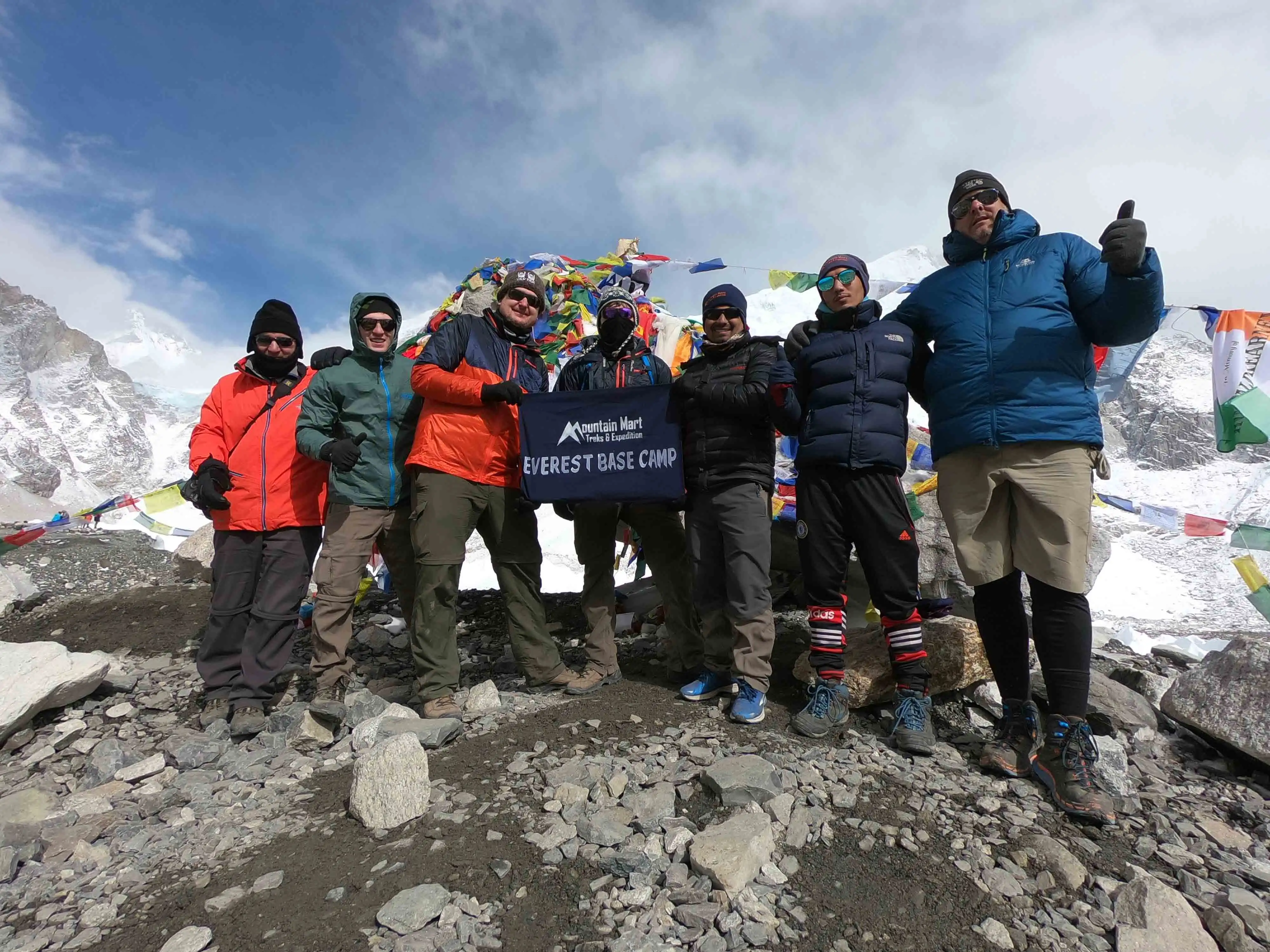Acute Mountain Sickness Prevention - How to avoid AMS in 2022/2023/2024?
“Trekking means a travelling experience with a thrilling excitement. “ - Amit Kalanti Trekking to the Himalayas is always fascinating and rejuvenating. But there is also a threat of Acute Mountain Sickness in higher elevation of mountainous area. Nepal is a home of highest peak along with numerous mountains which attract adventure lovers throughout the world. Nepal is also known for its trekking destinations and beautiful trekking trials. However, there is a serious problem to mountaineers and trekkers while ascending to high altitude: Acute Mountain Sickness. Acute mountain sickness is our bodies’ response to lower level of oxygen at higher altitude over 2800m. As you travel to higher altitude, many changes can be seen in the environment which may affect your health.. AMS itself isn’t dangerous but if it is ignored and remains untreated then it can lead to serious illness called High Altitude Cerebral Edema (HACE) and High Altitude Pulmonary Edema (HAPE). AMS is marked by slight headache along with the symptoms like nausea, vomiting, loss of appetite, fatigue, rapid pulse, shortness of breath etc.
Acute Mountain Sickness Prevention - How to avoid it?
When you recognize any of the signs of AMS, talk to the trekking guide and try to prevent it by following the few simple steps: Keep yourself dehydrated Trekking at higher elevation increases breathing rate and makes you lose moisture and sweat which reduces your performance and causes Altitude Sickness. You should drink plenty of water before starting the trekking, as dehydration thicken your blood and stops the circulation of oxygen to the body parts. Whereas hydration on the hand makes blood mobile and keep us active. Drink two to three liters of water day before starting your trek and keep a bottle of water within you during ascending the mountain. Get enough sleep Trekking to high altitude makes us discomfort and nausea because of alter sleep pattern. Therefore, another way to combat Acute Mountain Sickness is plenty of rest and sleep. Insomnia increases the risk of AMS so take a short nap at different stops. And most important, take enough sleep and rest at lower altitude before your ascent. Take medications Before ascending to high altitude, get some medications before you leave for journey. Prevention is always better than cure. Before starting your trek, always take advice from doctor regarding the consumption of medicine. The must have medications to reduce Altitude sickness: Dexamethasone, Acetazolamide, Aspirin, COPD lung inhaler, blood pressure medicine and many others as prescribed. Say no to Alcohol Alcohol consumption during trekking is a bad idea because alcohol dehydrates the body and makes you sluggish while ascending the Himalayas. Beer and homemade alcohol at Sherpa villages lures the tourists but it is strictly forbidden to consume alcohol before and during trekking. The toxin in the beer and alcohol interfere the mechanism that regulates the water in our body. One of the possible ways to avoid AMS is: avoid alcohol and drink plenty of water. Low exposure to Sun Direct exposure to Sun at higher level increases the effect of dehydration and can lead to Altitude sickness. Trekking on a sunny day is really a tough task for trekkers; but if we carry sunscreen, wear a sunglasses and sunhat then we can reduce the intense effect of AMS. There is also a risk of heat stroke and heat exhaustion at high altitude; therefore it is better to wear light colored clothes and protect from extreme hotness. Intake balanced diet: Trekking at high mountains needs more energy, therefore it is recommended to eat balanced diet while trekking. A balanced diet must include carbohydrate, protein, fats and potassium whereas food with high salt should be avoided. High carbohydrate diet helps to surmount Altitude Sickness and improve your mood; and potassium helps to fight against muscle cramping and gives strength to the body for further ascent. Ascend slowly and steadily: While ascending to higher elevation, it becomes difficult to breathe; so don’t push hard, try to get there slowly. Trekking is a lifetime experience, walk slowly and steadily to enjoy each and every splendid view of mountains. In order to adjust your body, take proper rest and acclimatization at different stops. Resting during trekking helps to avoid AMS; slow and steady wins the rest. Also read the following AMS Related Articles Below :
- What is Acute Mountain Sickness(AMS)?
-
Acute Mountain Sickness Treatment




